Unveiled in early 2021, Vivo’s smartphone X60 Pro+ 5G sits at the top of the Chinese manufacturer’s X60 flagship line. The device is co-engineered with German optics expert Zeiss and features a four-camera array on the rear, including a 50 MP main camera, a 48 MP ultra-wide, and two tele-lens modules. On the classy side of things still, the phone is encased in vegan leather, a subtle but meaningful touch extended as a token of effort towards the environment and the animals. Other specifications include a 6.56-inch FHD+ AMOLED display with a 120 Hz refresh rate, the latest Snapdragon 888 chipset with 12 GB + 3 GB virtual RAM, and a 4200 mAh battery with fast 55W wired charging.
On the other hand, the V60 Pro+ lacks some features you might expect nowadays from a flagship device — such as an ultra-high-resolution display, Qi wireless charging, and IP-certified dust and water resistance. As for audio, the Chinese manufacturer merely mentions the phone’s CS43131 Hi-Fi chip and Hi-Res audio certification, for “phenomenal audio performance.” Let’s have a listen!
Audio specifications include:
- One bottom-right, side-firing speaker
- No headphone jack
- USB-C earphones included
About DXOMARK Audio tests: For scoring and analysis in our smartphone audio reviews, DXOMARK engineers perform a variety of objective tests and undertake more than 20 hours of perceptual evaluation under controlled lab conditions. This article highlights the most important results of our testing. Note that we evaluate both Playback and Recording using only the device’s built-in hardware and default apps. (For more details about our Playback protocol, click here; for more details about our Recording protocol, click here.)
Test summary
Scoring
Sub-scores and attributes included in the calculations of the global score.
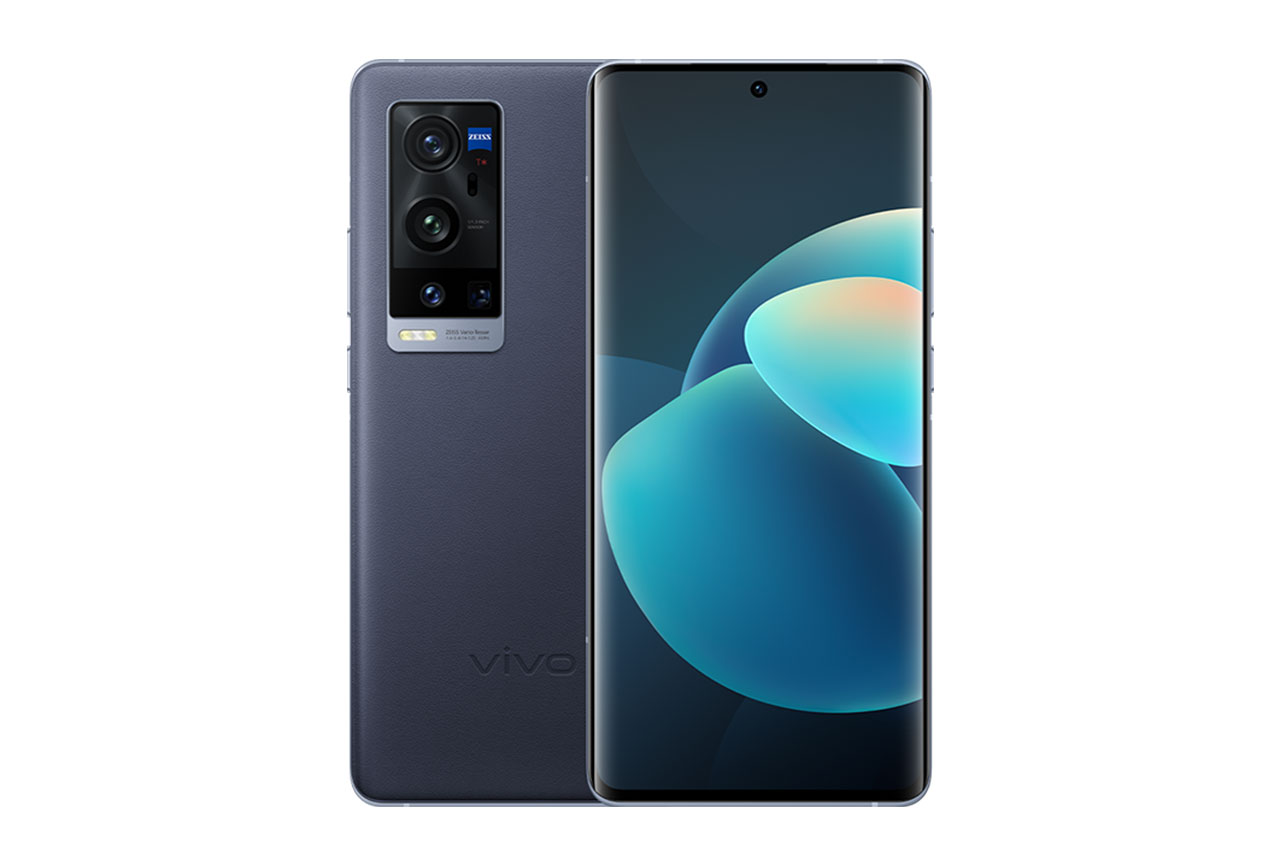
Vivo X60 Pro+


 202nd
202nd 96th
96thPlayback
Pros
- Few artifacts overall
- Accurate attack at nominal volume
- Correct maximum volume for a single speaker device
- Decent minimum volume
Cons
- Frequency response is unbalanced, lacking low- and high-end extension.
- Strong compression at maximum volume induces noticeable volume variations.
- Poor spatial performance (since the device is mono).
Recording
Cons
- High-midrange prominence in all use cases
- Poor performance in selfie videos, as a strong noise reduction algorithm crushes the signal.
- Recordings made with the Camera app exhibit narrow wideness.
- Noticeable artifacts in all use cases, especially in selfie videos
With an overall Audio Score of 51, Vivo’s latest top-of-the-line smartphone ranks among the lowest-scoring phones we have tested to date. Despite featuring cutting-edge technology in the optics domain, when it comes to audio, the X60 Pro+ 5G is equipped only with a single speaker. All spatial attributes are hamstrung by the monophonic playback and/or by the particularly unbalanced, midrange-focused, and inconsistent frequency response. If it hadn’t been for the excessive compression hindering both categories, dynamics and volume could have kept their heads out of the water thanks to decent attack and punch at nominal volume, correct maximum volume, intelligible minimum volume, and fairly natural volume steps. Artifacts is the only area in which the phone truly shines, with very few sonic artifacts perceivable regardless of the listening volume, and thus a sub-score only 4 points away from the class-leading Samsung Galaxy A52 5G. However, in landscape mode, the phone’s speaker is fairly easy to occlude.
All in all, due to its particularly poor performance in the spatial and timbre areas, the Vive X60 Pro+ 5G does not make an interesting on-the-go alternative for listening to music, watching movies, or playing games.

As a recording device, the Vivo X60 Pro+ 5G fares even worse, largely because of an extremely aggressive noise-reduction algorithm, although the other tested categories don’t help: high-midrange is prominent in all use cases; wideness is very narrow in videos made with the camera app; and this time around, artifacts are acutely noticeable. Of all our use cases, selfie videos are the least fortunate, with particularly poor wideness and a distinctively harsher noise cancellation. That all said, recordings made in quieter environments exhibit fewer artifacts, and recordings made in loud environments (such as a concert) offer good bass presence.
Sub-scores explained
The DXOMARK Audio overall score of 51 for the Vivo X60 Pro+ 5G is derived from its Playback and Recording scores and their respective sub-scores. In this section, we’ll take a closer look at these audio quality sub-scores and explain what they mean for the user.
Playback

Timbre
Vivo X60 Pro+
53
89
Timbre tests measure how well a phone reproduces sound across the audible tonal range and takes into account bass, midrange, treble, tonal balance, and volume dependency.
Although the Vivo X60 Pro+ 5G’s playback is very midrange-focused, midrange itself isn’t consistent, and sounds are muffled because of a distinct lack of high mids. Bass and low-end extension are also critically lacking, but less so than with the X51 5G, per the graph below.
While the amount of treble is honorable, it is still insufficient to produce a clear tonal balance. These timbre shortcomings add up to a below-average timbre performance, with particularly low sub-scores across all our use cases.


Dynamics
Vivo X60 Pro+
58
81
DXOMARK’s dynamics tests measure how well a device reproduces the energy level of a sound source, and how precisely it reproduces bass frequencies.
Surprisingly, despite the speaker’s poor timbre performance, dynamics results are decent. Attack is correct at nominal volume, punch is fairly impactful from soft to loud volumes, bass attack is precise, and volume dependency — the consistency of dynamic attributes across all listening levels — is particularly good.
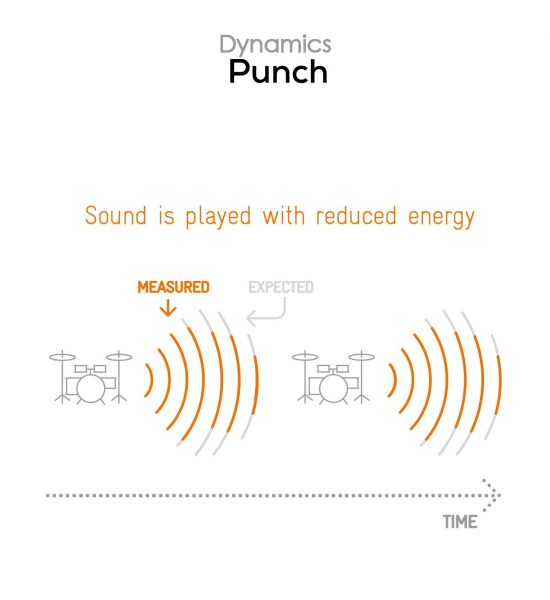
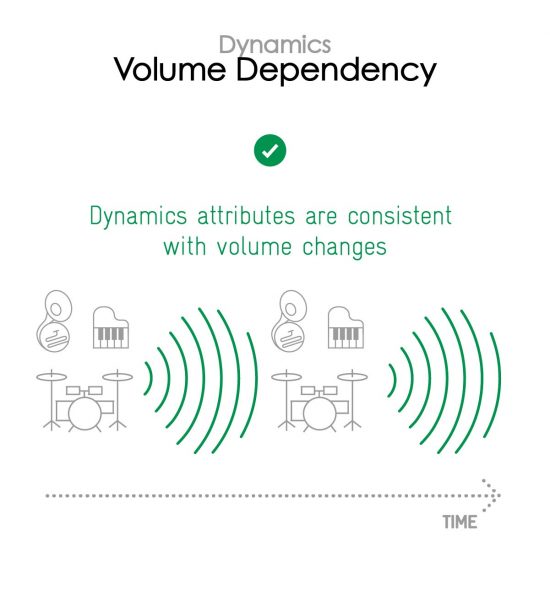
The recessed low-end impairs sustain and release for lower frequencies, and attack is dulled at soft volumes. At maximum volume, severe compression crushes dynamics and induces perceivable volume variations.

Spatial
Vivo X60 Pro+
25
88
The sub-attributes for perceptual spatial tests include localizability, balance, distance, and wideness.
At 25 in Playback Spatial, the Vivo X60 Pro+ 5G scores merely two points higher than the new low in our database rankings for this category — namely its sibling, the Vivo X60 Pro. This is first and foremost because of the phone’s single speaker design. The X60 Pro+ 5G thus receives a 0 in wideness, which considerably hinders its spatial sub-score.
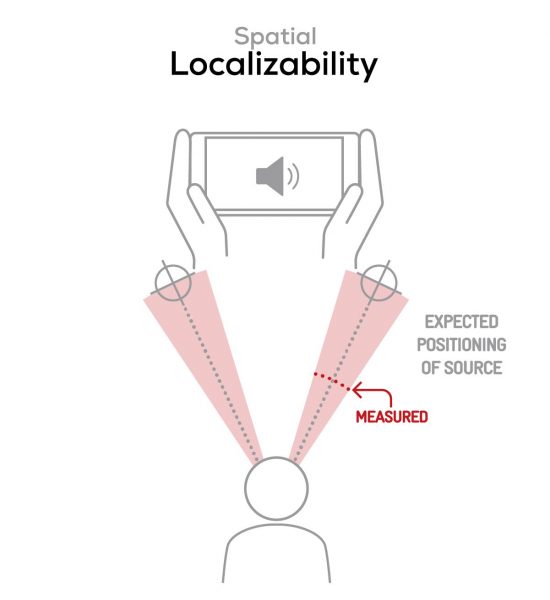
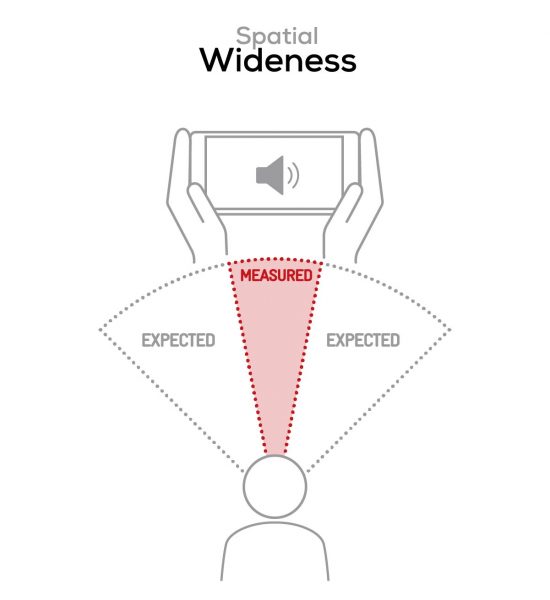
Along with the playback’s blurry tonal balance, its mono reproduction also jeopardizes the localizability of sound sources in the mix. Unsurprisingly, the balance is shifted towards the top right corner of the device, where the only speaker fires. Finally, the midrange inconsistencies result in an unnatural distance rendering, with voices that seem cast from behind a veil.

Volume
Vivo X60 Pro+
62
91
Volume tests measure both the overall loudness a device is able to reproduce and how smoothly volume increases and decreases based on user input.
Although it is diminished by excessive dynamic compression, maximum volume is correct. Minimum volume is decently tuned, but it might be difficult to fully discern highly dynamic content such as movies or classical music. As for volume steps, they’re rather consistently distributed from softest to loudest, allowing the user to finely adjust the listening volume.
| Hip-Hop | Classical | |
| Vivo X60 Pro+ | 71.1 dBA | 69.8 dBA |
| Vivo X51 5G | 71.3 dBA | 70.4 dBA |
| Samsung Galaxy A52 5G | 72 dBA | 68.3 dBA |

Artifacts
Vivo X60 Pro+
92
113
Artifacts tests measure how much source audio is distorted when played back through a device’s speakers. Distortion can occur both because of sound processing in the device and because of the quality of the speakers.
Despite the strong compression previously mentioned, audio played back through the X60 Pro+ 5G’s speaker exhibits very few artifacts overall, including temporal. Bass distortion occurs only on synthetic signals such as a pure sine wave.

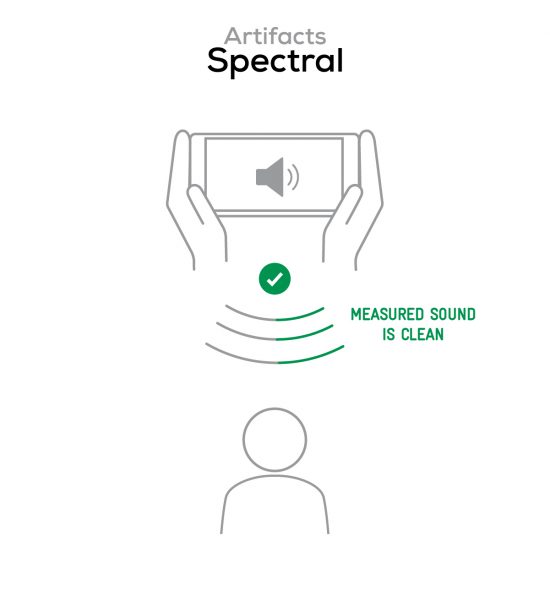
No sonic artifacts were perceived at nominal volume across all use cases. Better yet, the gaming use case shows no artifacts at all, whether temporal or spectral, regardless of the volume. But the device’s speaker is very easy to occlude, which is expressly unsuitable for playing games.
Recording

Timbre
Vivo X60 Pro+
56
91
As a recording device, too, the X60 Pro+ 5G’s timbre performance is significantly below average. In videos recorded with the rear cameras, midrange still suffers from inconsistencies: while high mids are too prominent, low mids are notably lacking, and high-end extension is limited — just like the X51 5G, as shown in the graph below. This results in a both hollow and slightly nasal sound. The same high-midrange prominence and recessed high-ends are also noticeable in loud environment recordings, such as concerts.
Sound capture is even poorer in selfie videos, where an aggressive noise reduction algorithm (enabled by default) strongly impairs the overall rendering. Finally, bass presence is decent, but subject to the lack of low-end extension.

Dynamics
Vivo X60 Pro+
50
81
The phone’s performance for recorded dynamics is also among the lowest we’ve measured to date. In life videos, despite a correct sound-to-noise ratio (SNR), the envelope isn’t accurate: plosives in particular are affected by an ill-suited compression. While it becomes slightly better in memo app recordings, the overall dynamics performance still remains below average. In loud environments, although it is correct, the sound envelope is impaired by heavy compression — especially on loud bass hits.
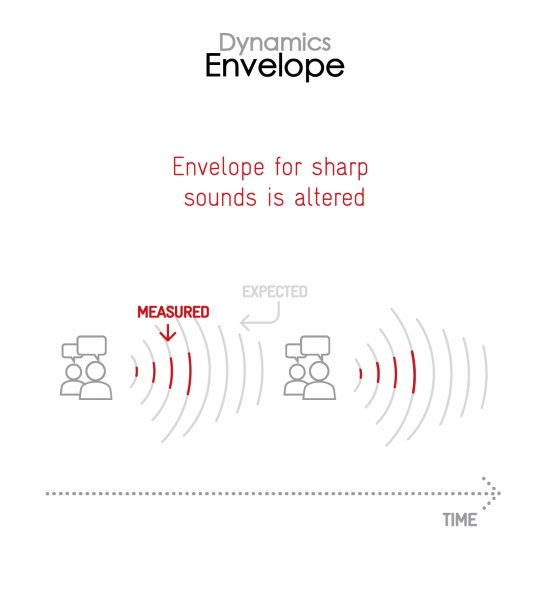
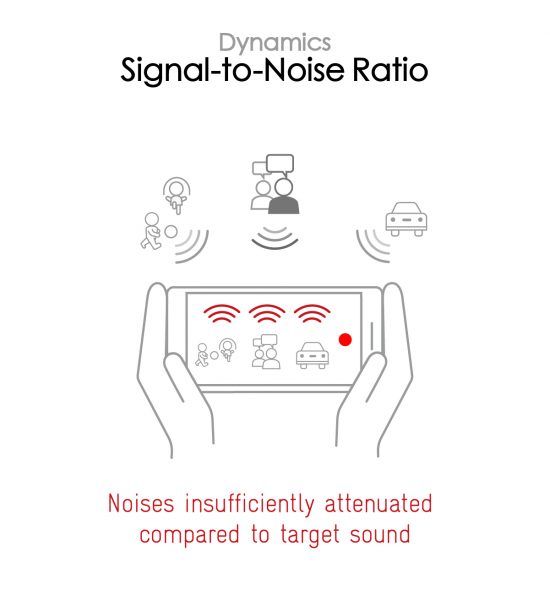
In selfie videos, the noise-canceling algorithm simply crushes the entire signal, including useful information. If background is certainly attenuated, voices do not gain in intelligibility, thus lowering the SNR. This ratio gets better in quieter scenarios such as our home use case, as noise reduction eases off and voices become more intelligible.


Spatial
Vivo X60 Pro+
39
78
As in playback, the Vivo X60 Pro+ 5G’s spatial attributes in recorded audio are subpar. In videos filmed with the rear cameras, despite a wider and more precise stereo scene than with the X60 Pro, wideness is still very narrow and localizability is below average.
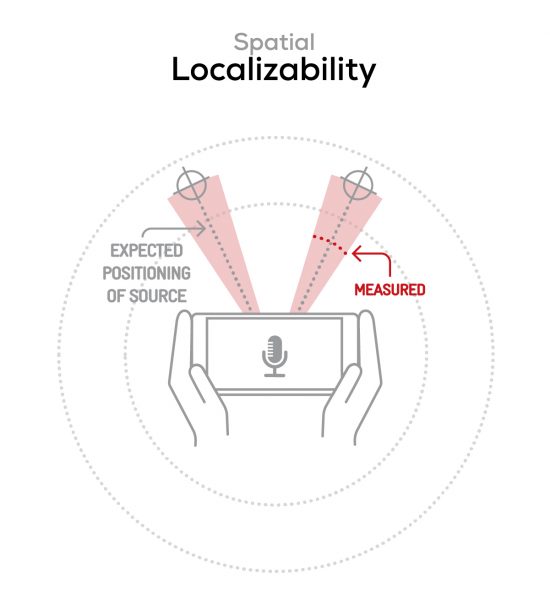
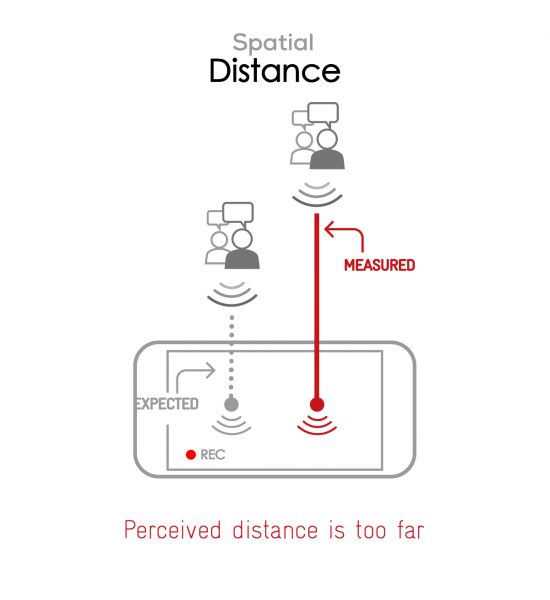
The excessive noise reduction impairs both localizability and distance, the latter also affected by the midrange inconsistency. In selfie videos, wideness is so narrow that the stereo field almost feels monophonic. By contrast, in our meeting use case, it is appreciably wider.

Volume
Vivo X60 Pro+
59
99
As a recording device, the Vivo X60 Pro+ 5G turns in a middling volume performance. Audio exhibits good nominal loudness overall, especially when recorded with the memo app. However, the maximum level reachable without noticeable distortion is only average. Here are our test results, measured in LUFS (Loudness Unit Full Scale). As a reference, we expect loudness levels to be above -24 LUFS for recorded content:
| Meeting | Life Video | Selfie Video | Memo | |
| Vivo X60 Pro+ | -22.1 LUFS | -18.7 LUFS | -27.5 LUFS | -17.7 LUFS |
| Vivo X51 5G | -29.2 LUFS | -24.1 LUFS | -20.5 LUFS | -23.7 LUFS |
| Samsung Galaxy A52 5G | -26.1 LUFS | -22.3 LUFS | -20.8 LUFS | -21.5 LUFS |

Artifacts
Vivo X60 Pro+
55
97
Surprisingly, the Vivo X60 Pro outperforms the X60 Pro+ 5G in this category. While the more affordable version gets an average sub-score, the Pro+ turns in a below-average artifacts performance. In recordings containing background noise, distortion can be perceived on loud sounds such as shouting voices.
In selfie videos, the aggressive noise cancellation induces both temporal and spectral artifacts — such as gating, compression, resonances, distortion, and hissing. You can hear it for yourself in this sample recording:
Recordings made in loud environments also exhibit compression and bass distortion. Whenever background noises get quieter, artifacts become far less noticeable.
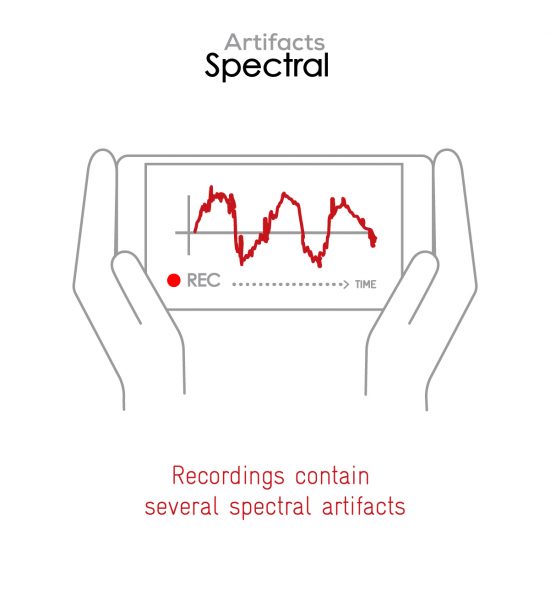
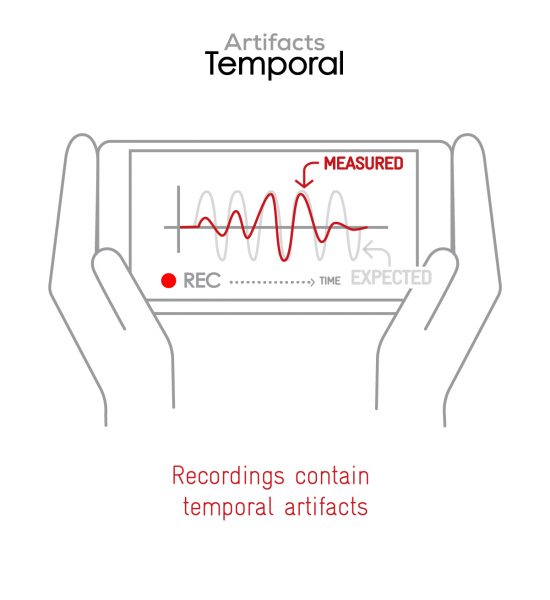

Background
Vivo X60 Pro+
17
60
In view of what precedes, it should come as no surprise that the Vivo X60 Pro+ 5G scores particularly low in this category. Due to the inconsistent frequency response and the excessive noise cancellation, the background sounds unnatural across all use cases and is even rendered barely audible in selfie videos.
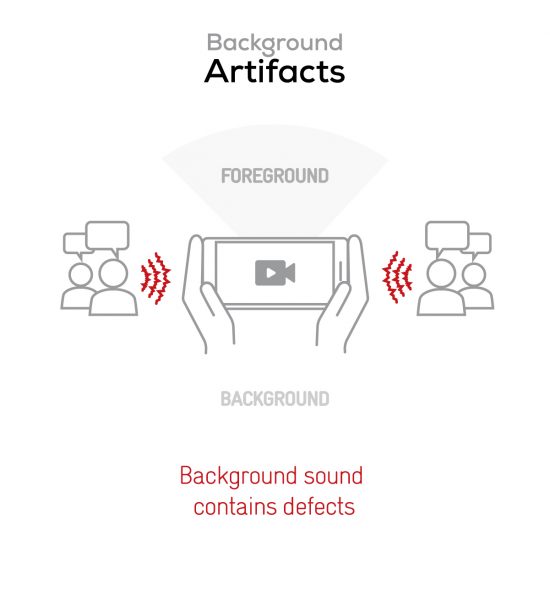
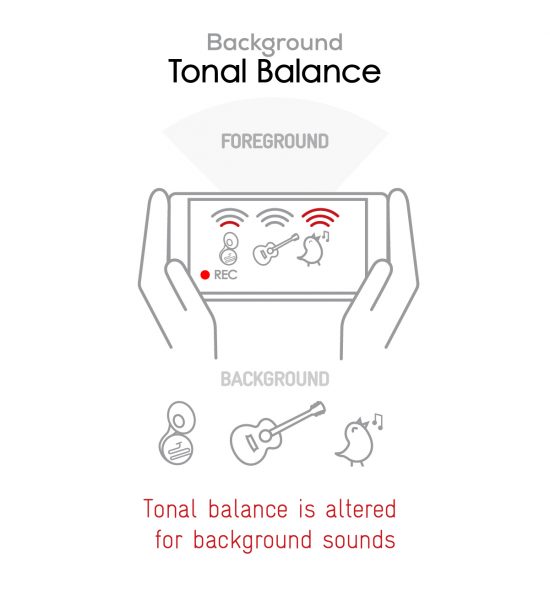
Conclusion
Vivo put most of its R&D budget into conceiving the utmost camera system for its ultra-premium smartphone, and it shows, with the Vivo X60 Pro+ 5G making it into the current top ten in our DXOMARK Camera ranking. But it winds up at the bottom of our Audio ranking with playback severely impaired by the phone’s single speaker design — a decision that’s hard to understand, given the Pro+’s top-tier status within the X60 flagship line. It is also hindered by a lack of timbre balance and consistency, and an excessive dynamic compression. As a recording device, it is heavily hamstrung by a particularly ill-adapted noise-canceling algorithm, too many sonic artifacts, a significant lack of wideness, and a high midrange-focused tonal balance.


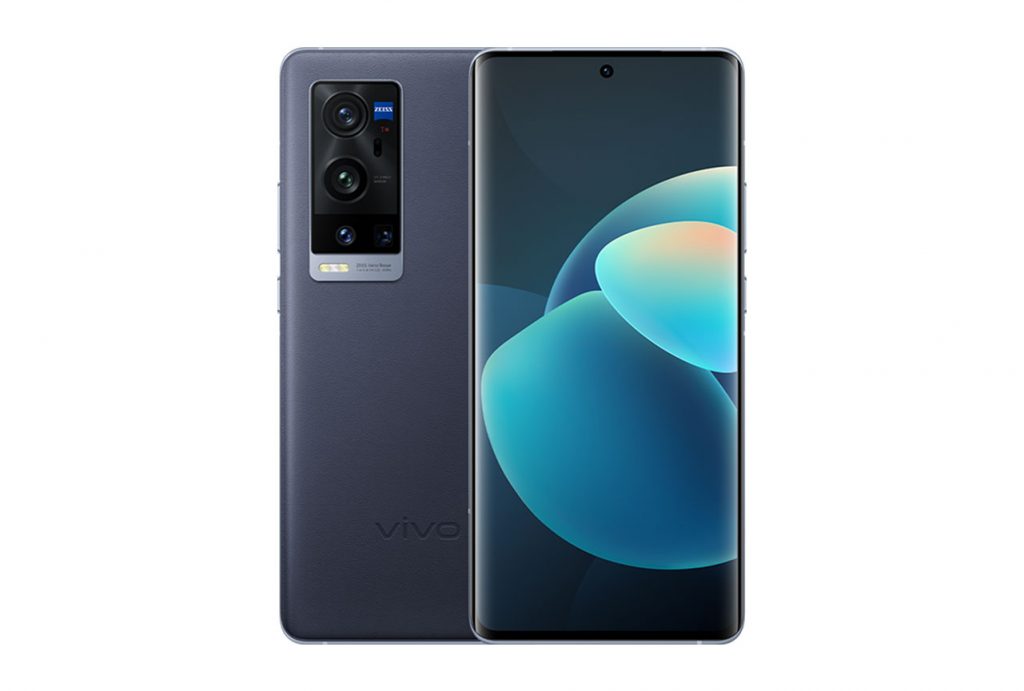
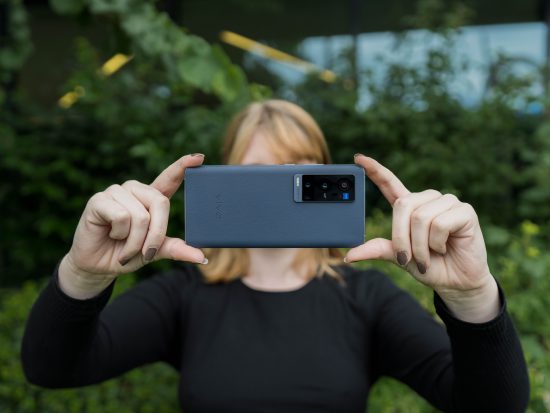
DXOMARK encourages its readers to share comments on the articles. To read or post comments, Disqus cookies are required. Change your Cookies Preferences and read more about our Comment Policy.